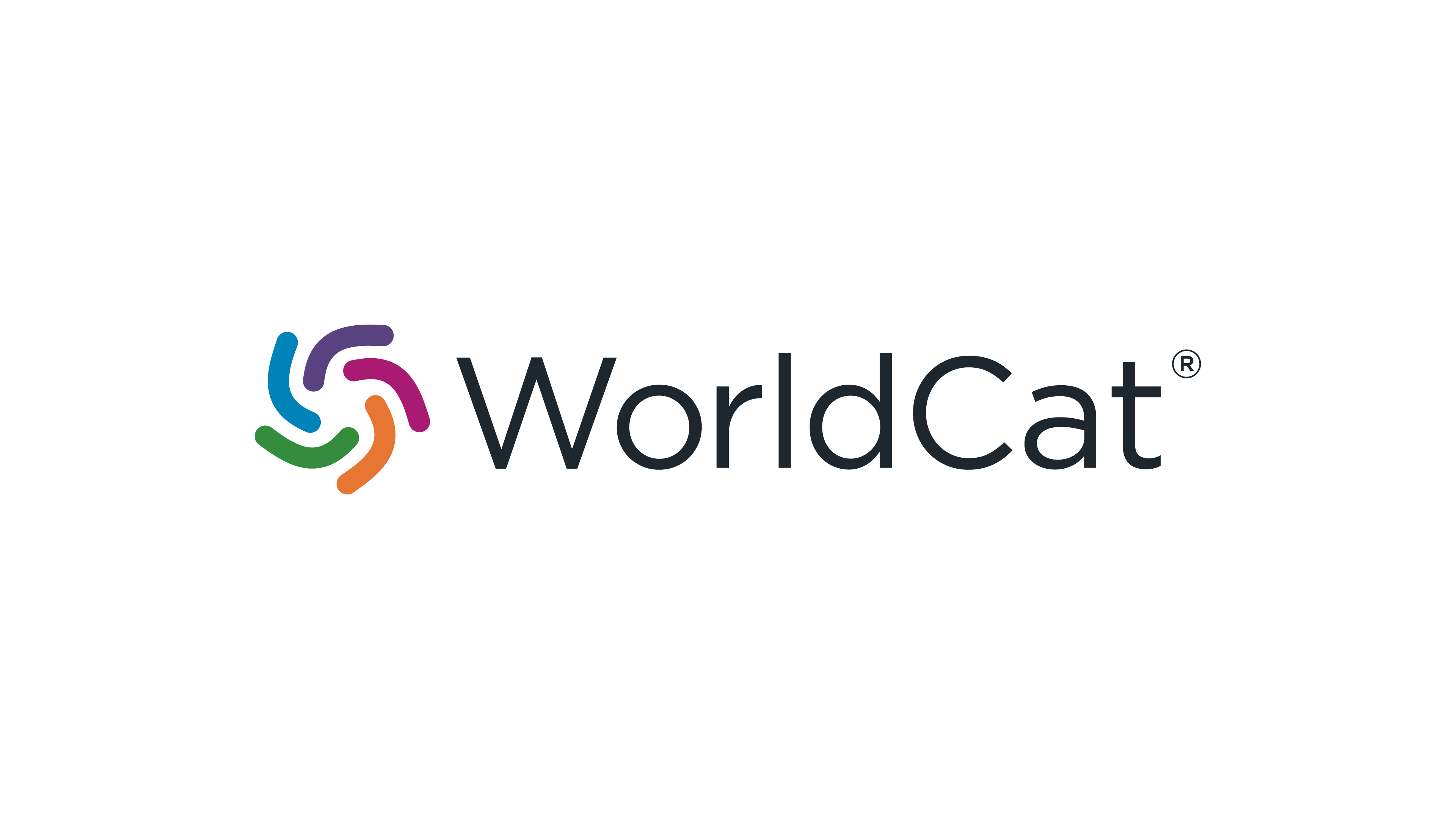Designing a Model for the Strategic Development of Human Resources in Nationwide Judiciaries Using Fuzzy TOPSIS Approach
Keywords:
Model, Strategic Enhancement of Human Resources, Judiciary, fuzzy TOPSISAbstract
The present study was an attempt to design a model for the strategic enhancement of human resources in judiciaries across the country using fuzzy TOPSIS approach. The present research is applied in terms of purpose and exploratory in terms of approach. The Cochran's formula for limited sample populations was used to select samples from the statistical population. Based on this formula, the number of samples was determined as 365 participants and sample members were selected through multi-stage cluster sampling. The results of content analysis indicated that the model of strategic enhancement of human resources in nationwide judiciaries is comprised mainly of ninety-eight concepts, eighteen categories and six dimensions. The results demonstrated that the most significant inhibitors are “resistance of organizations to change”, “lack of institutionalization of knowledge concerning management culture in the subsets”, “inappropriate long-term policy for human resources”, “inadequate support for managers”, “reduction in motivational factors among employees”, “weak support from senior managers”, “absence of a proper context for monitoring, refining and training employees”, and “inaccurate definition and improper implementation of support mechanisms”. The results further demonstrated that the most important motivating factors are “explaining the role and position of each employee in advancing the goals of the group”, “creating a context for employee self-control and self-management”, “creating a spirit of cooperation and teamwork” and “establishing a logical relationship with performance results”.
Downloads
References
Alfes, K., Shantz, A. D., Truss, C., & Soane, E. C. (2018). The link between perceived human resource management practices, engagement and employee behaviour: a moderated mediation model. The international journal of human resource management, 24(2), 330-351.
Arman, M., Hosseini, S. E. Tangestani, A. (2016). The effect of social capital and human resource maturity on sustainable management of human resources (Case study: Active companies in the petrochemical industry). Social Capital Management, 1 (3), 113-138.
Bigdeli, M., Davoodi, R., Kamali, N., & Fermani, Gh. A. (2018). Identifying the dimensions and components of human resource improvement in education to provide a conceptual model. Journal of Human Resource Management Research, 10 (2), 100-173.
Christensen Hughes, J., & Rog, E. (2019). Talent management: A strategy for improving employee recruitment, retention and engagement within hospitality organizations. International Journal of Contemporary Hospitality Management, 20(7), 743-757.
Deghati, A. (2016). Strategic approach to retaining human resources in higher education in South Khorasan province. Public Management Research, 32 (9), 137-154.
Dehghanan, H., & Yazdani, H. (2017). Strategic Development of Human Resources in the Shipping Company of the Islamic Republic of Iran: Application of Data-Based Theory. New Research in Management and Accounting, 13 (3), 121-148.
Donate, M. J., Peña, I., & Sanchez de Pablo, J. D. (2016). HRM practices for human and social capital development: effects on innovation capabilities. The International Journal of Human Resource Management, 27(9), 928-953.
Eskandari, A., & Jahanian, R. (2017). Dimensions and components of faculty members’ improvement in higher education institutions. New Research in Humanities, 37 (0), 55-65.
Ghodsi, A., Barandoost, R., & Naderiheshi, Kh. (2017). The Impact of Strategic Human Resource Planning on the Development of Working Teams (Case Study: Al-Zahra University). New Research in Management and Accounting, 33 (0), 15-42.
Guest, D. E. (2017). Human resource management and performance: still searching for some answers. Human resource management journal, 21(1), 3-13.
Irum, A., & Yadav, R. S. (2019). Human resource information systems: a strategic contribution to HRM. Strategic Direction, 10(1), 50-51.
Jahanian, R., & Kazemi, S. (2017). The impact of competence-oriented human resource management on performance efficiency. Studies in Psychology and Educational Sciences, 23 (3), 123-147.
Lee, H. W., Pak, J., Kim, S., & Li, L.-Z. (2019). Effects of human resource management systems on employee proactivity and group innovation. Journal of management, 45(2), 819-846.
Liang, J., & Gong, Y. (2017). Human resource development investment in Chinese private firms: Strategic choice and institutional perspectives. Management and Organization Review, 13(1), 57-83.
Markoulli, M. P., Lee, C. I., Byington, E., & Felps, W. A. (2017). Mapping Human Resource Management: Reviewing the field and charting future directions. Human Resource Management Review, 27(3), 367-396.
Nour Chams., & García-Blandón, J. (2019). On the importance of sustainable human resource management for the adoption of sustainable development goals. Resources, Conservation and Recycling, 141(5), 109- 122.
Quan, P., Shi, Y., Niu, L., Liu, Y., & Zhang, T. (2018). Automatic Chinese Multiple-Choice Question Generation for Human Resource Performance Appraisal. Procedia computer science, 139, 165-172.
Rezaei, Mir Ghaed, A., Seyed Naghavi, M., Dehghanan, H., & Amiri, M. (2017). Investigating and determining the efficient functions of human resources based on the architectural model of human resources. Productivity Management, 40 (10), 185-220.
Rubel, M. R. B., Rimi, N. N., Yusliza, M. Y., & Kee, D. M. H. (2018). High commitment human resource management practices and employee service behaviour: Trust in management as mediator. IIMB Management Review, 30(4), 316-329.
Sayadi, S., and Mohammadi, M. (2013). Theoretical approach to human resource strategy. Researcher, 13 (6), 46-55.
Sheybat Al-Ahmadi, S. A. & Aghahadi, S. (2017). Investigating the role of strategic human resource planning in educational quality. Educational Management Research, 31 (8), 63-82.
Tabarsa, Gh., Hajkarimi, A., & Ganjali, A. (2016). Designing a model for coordinating human resource management strategy and business strategy. Strategic Management Thought, 2 (1), 189-212.
Vazifeh, Z., Mehdi, M., & Movahedifar, H. (2017). Investigating the role of human resource management and knowledge management on the productivity of education staff in Zahedan. Management and Entrepreneurship Studies, 20 (3), 114-127.
Weech-Maldonado, R., Dreachslin, J. L., Epane, J. P., Gail, J., Gupta, S., & Wainio, J. A. (2018). Hospital cultural competency as a systematic organizational intervention: Key findings from the national center for healthcare leadership diversity demonstration project. Health Care Manage Rev, 43(1), 30-41. doi:10.1097/HMR.0000000000000128.
Downloads
Published
How to Cite
Issue
Section
License
You are free to:
- Share — copy and redistribute the material in any medium or format for any purpose, even commercially.
- Adapt — remix, transform, and build upon the material for any purpose, even commercially.
- The licensor cannot revoke these freedoms as long as you follow the license terms.
Under the following terms:
- Attribution — You must give appropriate credit , provide a link to the license, and indicate if changes were made . You may do so in any reasonable manner, but not in any way that suggests the licensor endorses you or your use.
- No additional restrictions — You may not apply legal terms or technological measures that legally restrict others from doing anything the license permits.
Notices:
You do not have to comply with the license for elements of the material in the public domain or where your use is permitted by an applicable exception or limitation .
No warranties are given. The license may not give you all of the permissions necessary for your intended use. For example, other rights such as publicity, privacy, or moral rights may limit how you use the material.





